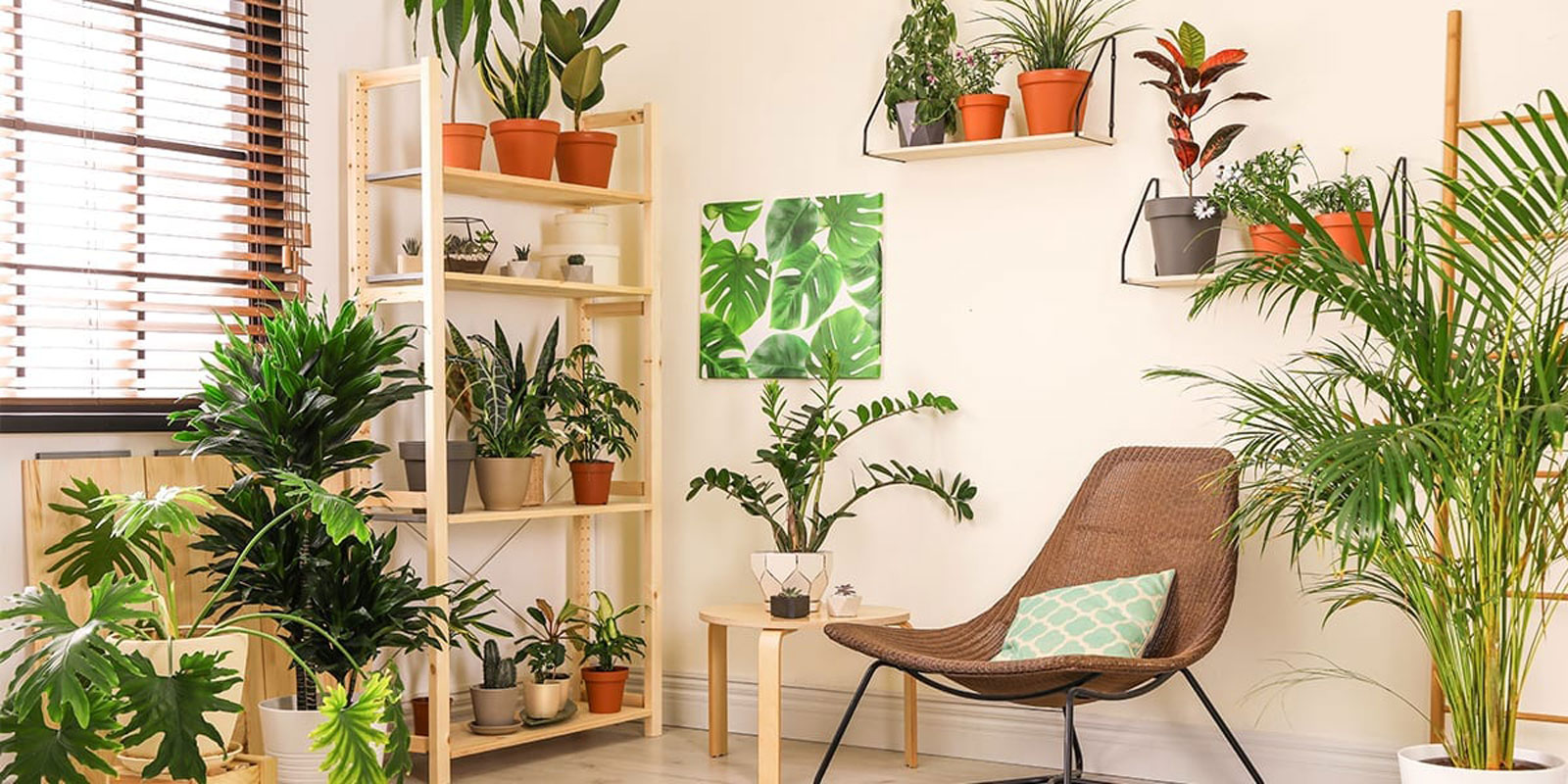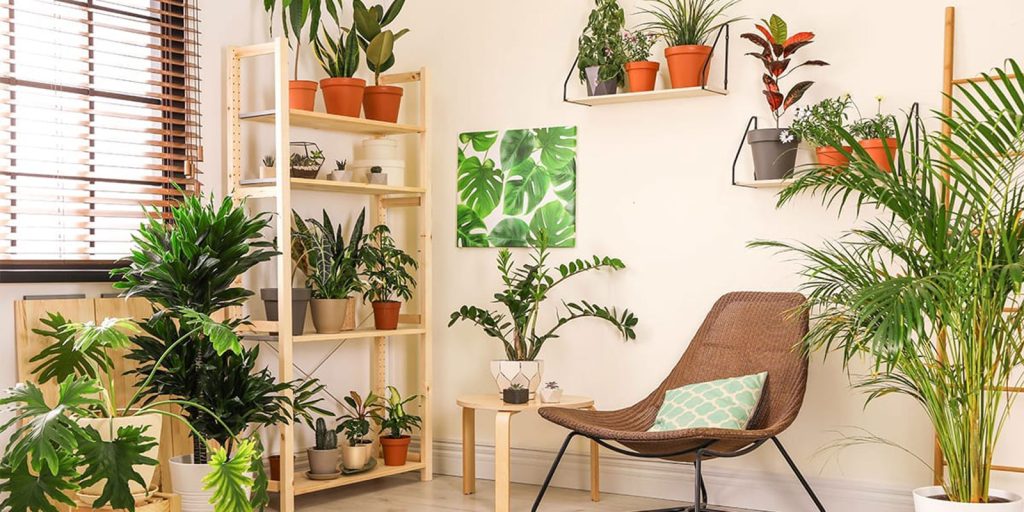
For those who live in tropical climes, the advent of summer is not a signal to bask in the sun and forget the blues of the winter. It serves as a reminder of the hot torrid months ahead when the rivers run dry, and people look heavenwards to rain clouds for deliverance from the heat. Of course, their hopes are a touch soured when the meteorological department predicts a hotter summer than previous years and the possibility of a delayed monsoon.
The weatherman has been warning us since March that Summer 2024 (April-June) will see mercury soaring to unexpected highs. In fact, the Indian Meteorological Department’s director general, Mrutyunjay Mahapatra, is on record to say that most states will witness above-normal temperatures from April to June. Many other weather forecasters see heat wave conditions (temperatures 4-5 degrees Celsius above the seasonal average) in the three summer months with coastal areas registering high temperatures and humidity.
So, how does one stay cool in summer? I won’t tire you with the cliched recommendation of drinking a lot of fluids, turning up the AC or running off to cooler destinations in the hills. Instead, I am sharin some information I have gathered about how to make the environment you live in cooler and heat resistant, not just this summer but in many summers to come.
Charity, they say, begins at home. So, what are the things you can do which give your house a green and cooler edge?
First and foremost, you must ensure that the house interiors are kept as cool as possible. For this the most important thing is to create cross ventilation across the house by keeping windows open with a good mosquito mesh that will keep out insects but bring in adequate air. If windows are opened in a manner that will create an air funnel, it will help bring down the temperature by a few degrees.
Complement this cross ventilation with lightweight interior furniture. If it is of natural bamboo or compressed wood, it would give you that green edge. Your curtains must be of a light textile material and pastel shades that give an airy feeling to the indoors. It would be best to pack up your heavy carpets in the summer months and go for light ‘throw’ durries that are made of jute or earthy shades of thick cotton fibre.If you unclutter your surroundings — remove your curios and heavy artefacts for the summer months and give the room a minimalistic look, that too helps to keep cool, while uncluttering the mind as well.
Remember the lighting in your home also generates unnecessary heat. Today, it is possible to replace all incandescent bulbs with LED or CFL bulbs. Though these are more expensive when you buy them, they last much longer and emit a cool white light that feels less hot. They are also energy efficient.
Create cross ventilation across the house by keeping windows open with a good mosquito mesh that will keep out insects but bring in adequate air. It will help bring down the temperature by a few degrees.
Plants too can play an amazing role in cooling down the house. I have seen people use the vertical garden concept in places that receive maximum sunlight in their homes, to great effect. Large potted plants with broad leaves too could be kept in a smart way to shut out the direct rays of the sun. All this requires a bit of researching, thinking and an eagerness not to succumb to energy guzzling and emission generating equipment that is ruining the planet.
Many of those who are very conscious of going green and loathe using ACs extensively because of the energy they consume and their contribution to global warming, can use natural ways of keeping cool. In hot and dry conditions, a desert cooler which cools the air by evaporating water can be used. It is a simple device made up of a fan, a water tank, and a wet filter. The fan draws in hot air from the outside and passes it through the wet filter, cooling it and releasing cold air into the room. Such coolers consume less power than an AC but are not effective in humid climates. As for air conditioners, this column has in the past delved in detail why it is wiser to opt for machines with good energy efficiency ratings.
I know a friend who uses a table fan with a bowl of ice placed before it instead of a cooler. Kept in a strategic place near a window this can be very effective in cooling a room in hot dry conditions. When the ice melts and the water is no longer cool, it can be replaced with another bowl. The water can later be used for watering plants or for cleaning purposes. She calls it her “natural air conditioner.”
If you are building your own independent house, there are scores of methods through which you can ensure that it will be resilient to the hotter temperatures that are expected due to climate change in the future. The internet has scores of websites that suggest how you can go about it. I will list just a few here.
Before you start to build, please do study the topography very carefully. If the plot you have chosen has trees on it or you are planning to plant large trees, place them in such a way that they offer you natural cover, a canopy of sorts that can be very pleasant and will give you joy and shade for years to come. Depending on the weather of the place you have chosen, do plan for the winter months as sunlight is enjoyable in the colder season.
Next, ascertain from which direction the wind blows in summer through your plot of land. This will help in planning which side your house should face, along with all the entrances, doors and windows. A house with natural cross ventilation and sufficient light coming in helps you save energy cost.
How you plan your roof is also very important. Of course, it must gel with the surrounding areas and the other houses in the region, but it must also be such that it helps you keep cool in the most uncomfortable summer months.
According to experts it is best to build the roof out of reflective material and paint as these absorb less heat, making the insides of the house cooler. They also suggest materials like stone, brick or concrete as these have a capacity to store the heat and prevent its transfer to the inside of the house.
But it would be best to engage an architect who is reputed for her/ his eco-friendly design skills. That can transform your future world.
The writer is a senior journalist who writes on environmental issues






